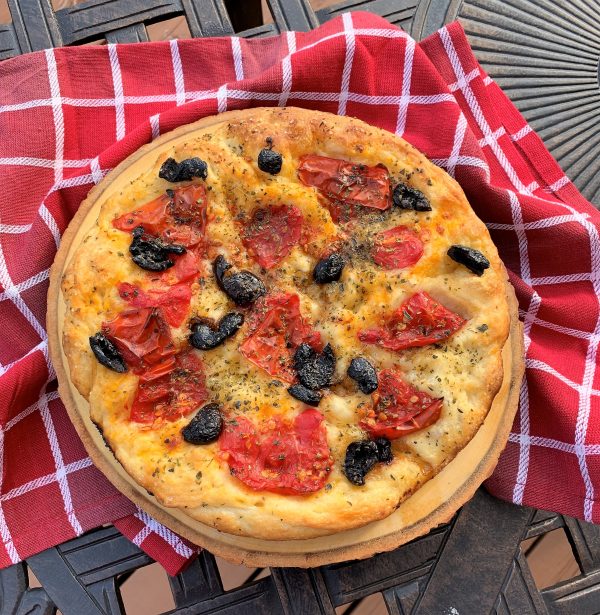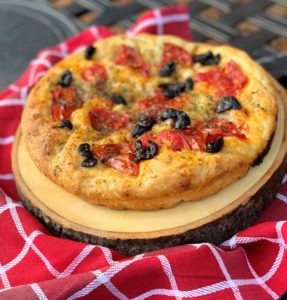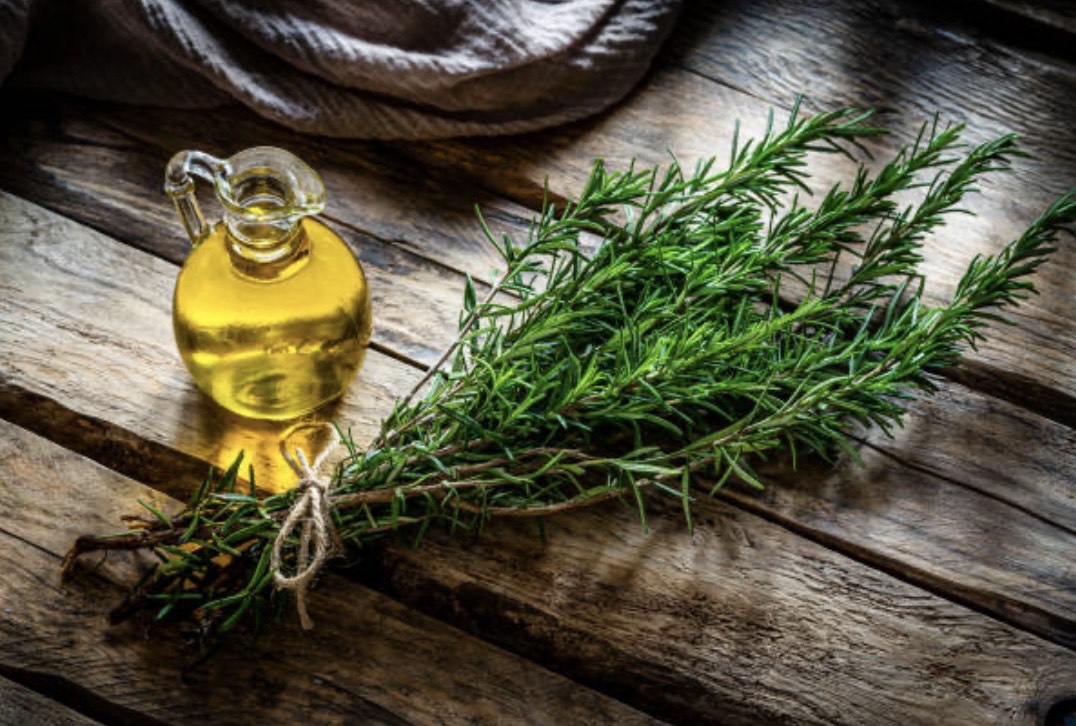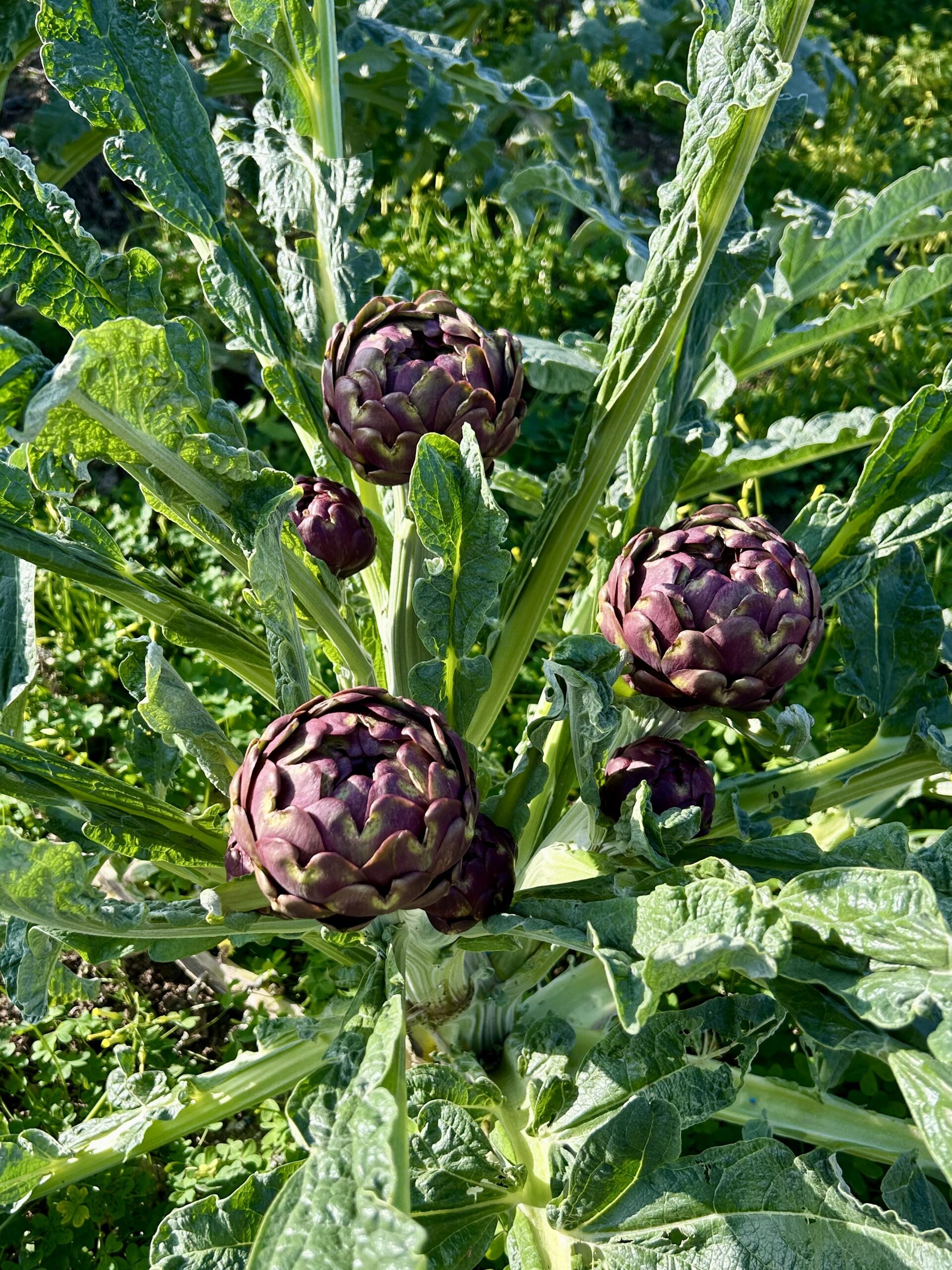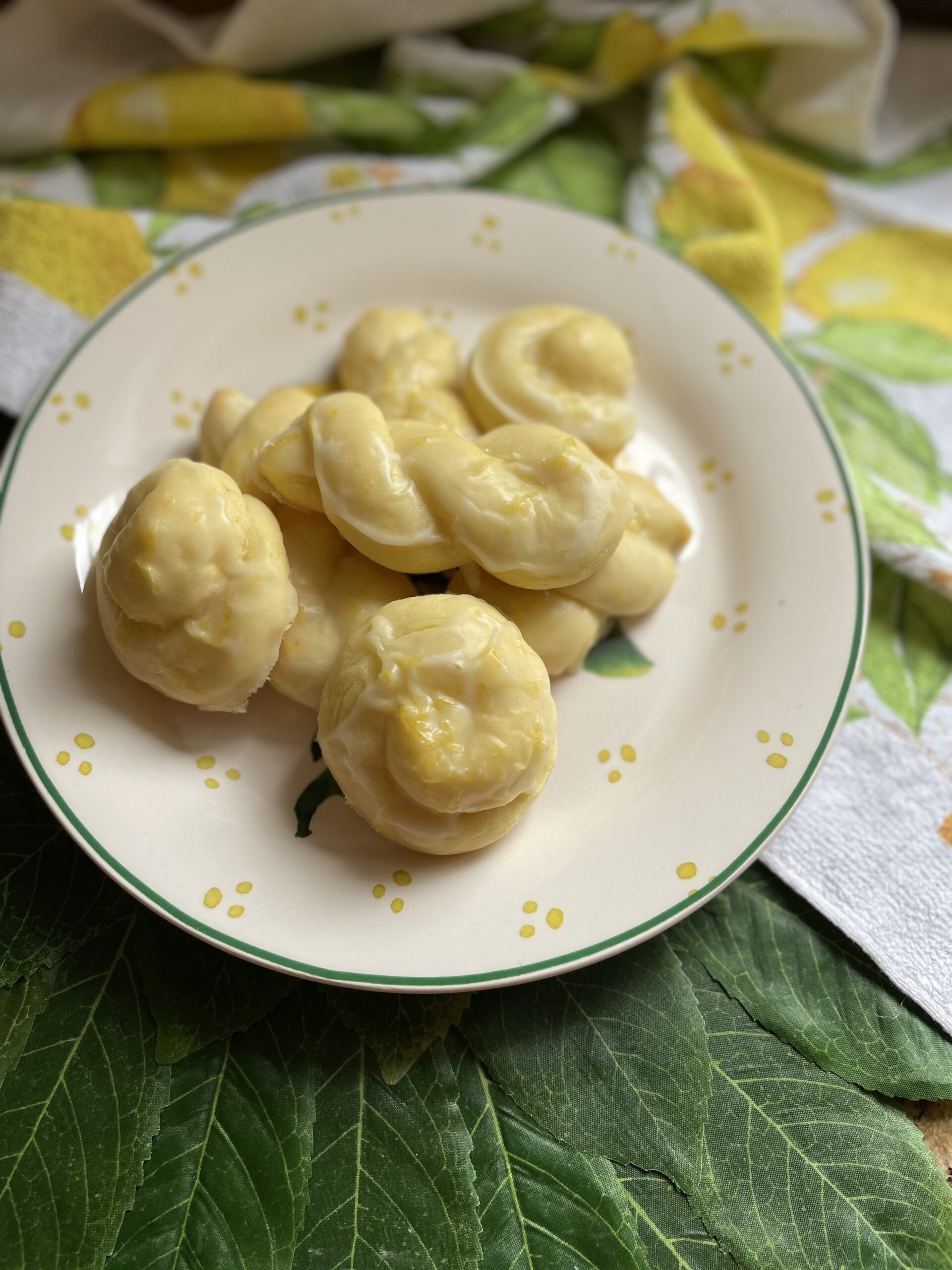![]() Have you ever heard that expression, there are no coincidences in life? I firmly believe that to be true and I can tell you that it’s no coincidence that the word focaccia founds itself in the title of my blog. Fables obviously in reference to the stories I tell and focaccia, for a few reasons which I will share, along with the account of this famed flatbread.
Have you ever heard that expression, there are no coincidences in life? I firmly believe that to be true and I can tell you that it’s no coincidence that the word focaccia founds itself in the title of my blog. Fables obviously in reference to the stories I tell and focaccia, for a few reasons which I will share, along with the account of this famed flatbread.
Bread is the most popular food in the world, occupying an important place in every civilization. It is recognized in every culture as being perfect for human nourishment, and a symbol for life.
Focaccia is a salty, olive oil soaked, flat, baked, bread that is both chewy and crisp. Its name, panis focacius meaning “hearth bread”, referring to the fact that it was traditionally baked in coals. It derives from the Latin focus having the double meaning of “centre” and “fireplace”.
Focaccia is recognized the world over, going by various denominations, its origins date back to ancient Rome, where a flat bread made from a simple mixture of flour, water, olive oil and salt was cooked in ashes. Once baked, it was torn by hand and dipped in soups, as an inexpensive, yet filling meal, particularly for labourers of that time.
As the Romans began expanding their empire to France and Spain, they brought focaccia with them, spreading its popularity across continental Europe. The bread was mostly a poor man’s meal, baked to feed slaves and peasants. While it may have carried the stigma of being a slave aliment, it has become one of today’s most popular provisions. Whether the fougasse of France, the fugazza of Argentina or the hogaza of Spain, it is known and adored in Italy and abroad.
In Italy there are several cities and regions specializing in the production of focaccia with Liguria reigning in this area. Here it is eaten at breakfast, as a snack, always warm and as a general substitute for bread. There are number of focaccia variants in this Northern region which include: the Fugassa of Genova which is made from flour, water and beer yeast and is cooked in olive oil and is characteristically about 2 cm thick (any thicker than this and it is no longer a focaccia Genovese or Ligure); the Sardenaira from Sanremo that is traditionally flavored with sardines and anchovies and the Focaccia al Formaggio from Recco which is laced with stracchino cheese.
In Tuscany it is referred to as schiacciata, which means, “squashed”. Fingers are used to flatten it; hence the attractive dimples, with a sprinkling of olive oil all over its surface. Traditionally Tuscan focaccia is medium thick and medium soft but crispy on the outside. Salt and rosemary are its usual companions. However, throughout Tuscany you can also find a thin and crispy version as well thick and very soft. Tuscan panini with cheese and cold cuts often use focaccia for a base.
In the Southern region of Puglia, focaccia is flavored with olive oil and topped with cherry tomatoes and sometimes black olives. Boiled potatoes are used in the dough, making it softer and giving it a special taste.
As demonstrated, the range of flavorings, varies from region to region. Sweet variations (focaccia dolce) also exist which consist of a basic focaccia base sprinkled lightly with sugar or honey and topped with sweet ingredients such as grapes, raisins, lemon and orange peel, schiacciata all’uva for example is something you will find in Tuscan bake shops come September. I’ve even experimented and made a dark chocolate and cherry version as well as one with Nutella and blueberries.
Focaccia is related to pizza; however, it is not considered one and the same. They are both generally made with the same ingredients: flour, oil, water, yeast and salt. The primary difference is how much yeast is added to the dough and therefore how much the dough is able to rise. Focaccia uses more yeast, which gives it a lighter, fluffier texture than a traditional pizza dough. It is also crucial to allow focaccia dough ample time to rise.
Before baking, the dough is pricked with a fork or other tined utensil preventing the formation of air bubbles and pockets, giving it a distinctive pinhole crust. Olive oil is then spread over the dough, as a way to preserve moisture in the bread and herbs and cheeses are often combined into the raw mix to enhance its flavour profile. Focaccia requires a very hydrated dough, which is what gives it a soft texture. So, it’s all the more important to ensure that it does not dry out. That’s why it’s kept in the refrigerator covered with a few drops of oil and rises at room temperature under another veil of oil. The dough should also be worked with wet or oiled hands. The dough should be allowed to proof again prior to baking to create an airy and light texture.
Focaccia can be baked directly in a pizza oven or on a baking stone. It can also be baked in a tin or tray which should first be greased with a generous amount of olive oil.
The humble focaccia is not only delicious but versatile. The snack bread of many Italian school children can be paired with a fresh olive oil for dipping or accompanied by a soft cheese or spread as an appetizer. When used as a platform for sandwiches it can be made into a meal and when sweetened with apple slices, nuts and honey, it makes for a palate pleasing dessert. It is diverse and flexible and offers endless inspiration in the kitchen. And there you have it, the fable behind focaccia. Buon Appetito!
Focaccia
Ingredients
6 ¼ cups all-purpose flour
Package of active yeast
1 ½ cups warm water
1/3 cup extra virgin olive oil
Salt, both finely and coarsely ground
Directions
Dissolve the yeast in the warm water. Make a mound of flour on your work surface, scoop a well into the middle of it, and pour in the yeast mixture together with 5 tablespoons of olive oil and 2 healthy pinches of fine salt.
Knead the mixture, adding further warm water (if necessary), until you obtain a fairly firm dough (approximately 10-15 minutes of kneading). Place the dough in a bowl, cover it with a damp cloth, and let it rise in a warm place for 2 hours.
Next, oil a baking sheet, and spread the dough over it. Pull the dough by hand, stretching across the pan. Until it is approximately a half inch thick in the center, and a little thicker around the edges. Now it is time to create the distinctive crust, by dimpling the dough. This is done by taking a fork or other tined utensil and pricking the dough. After dimpling the focaccia, let it rise for 10-15 minutes in the pan and then top it with a sprinkling of olive oil and coarse salt (or your other favorite toppings). Place the focaccia in a pre-heated 400F oven and bake it on a low rack until golden, about 20-25 minutes, turning the pan 180 degrees once halfway through. Then remove it from the oven, let it cool and enjoy.

